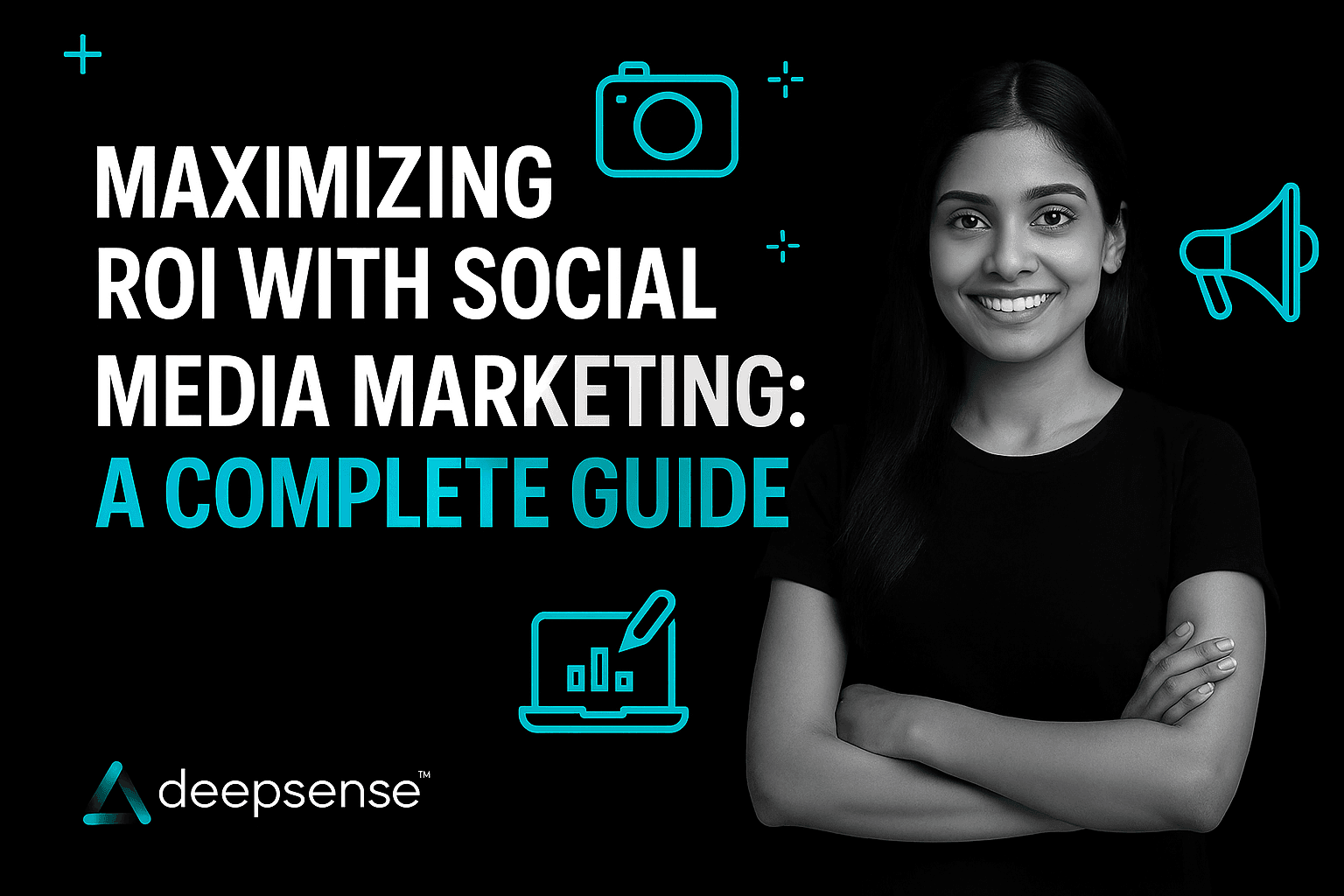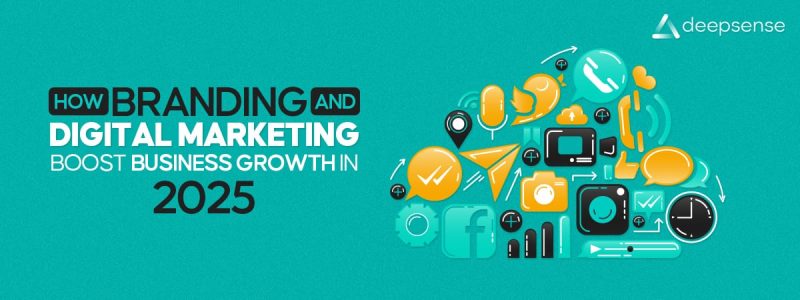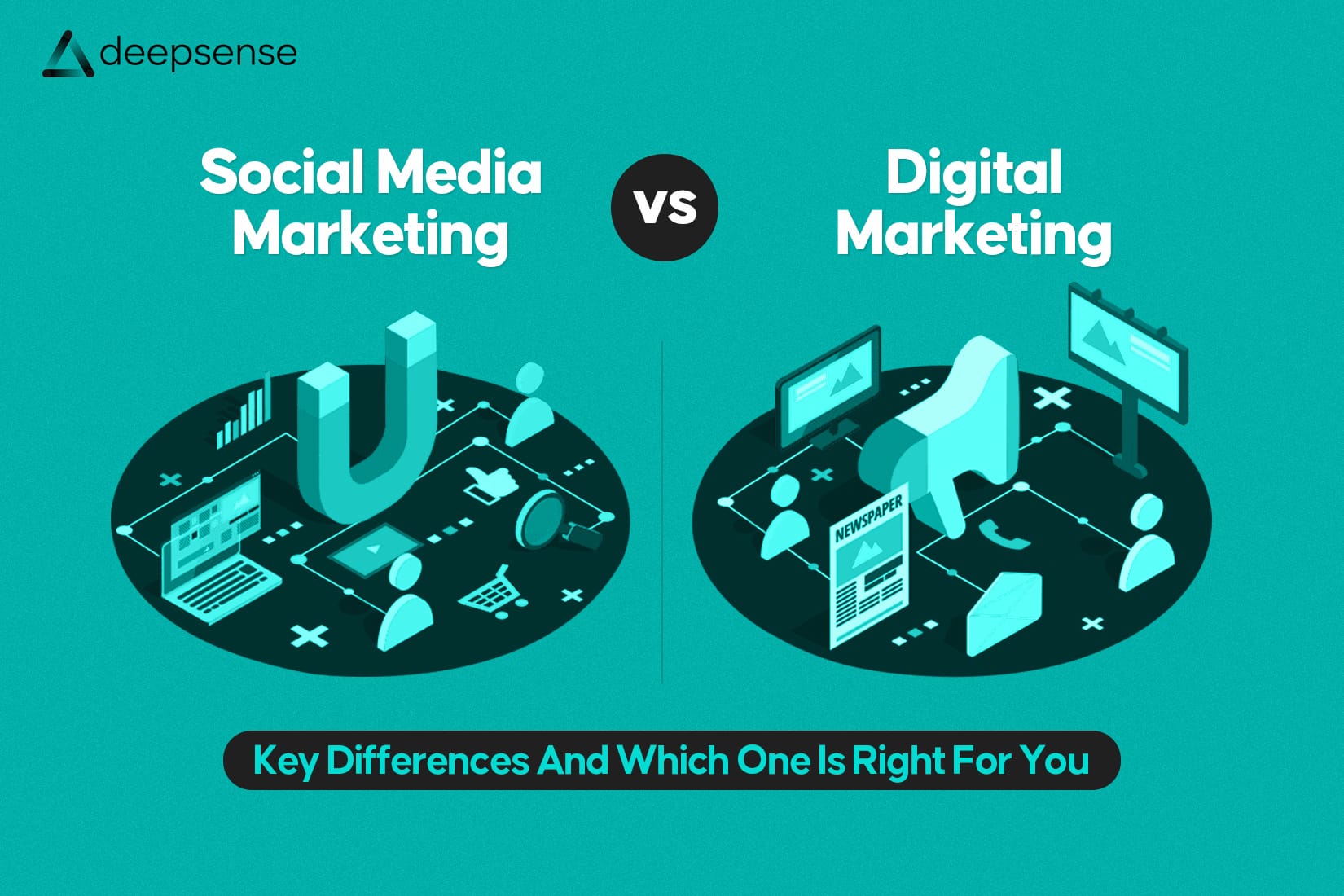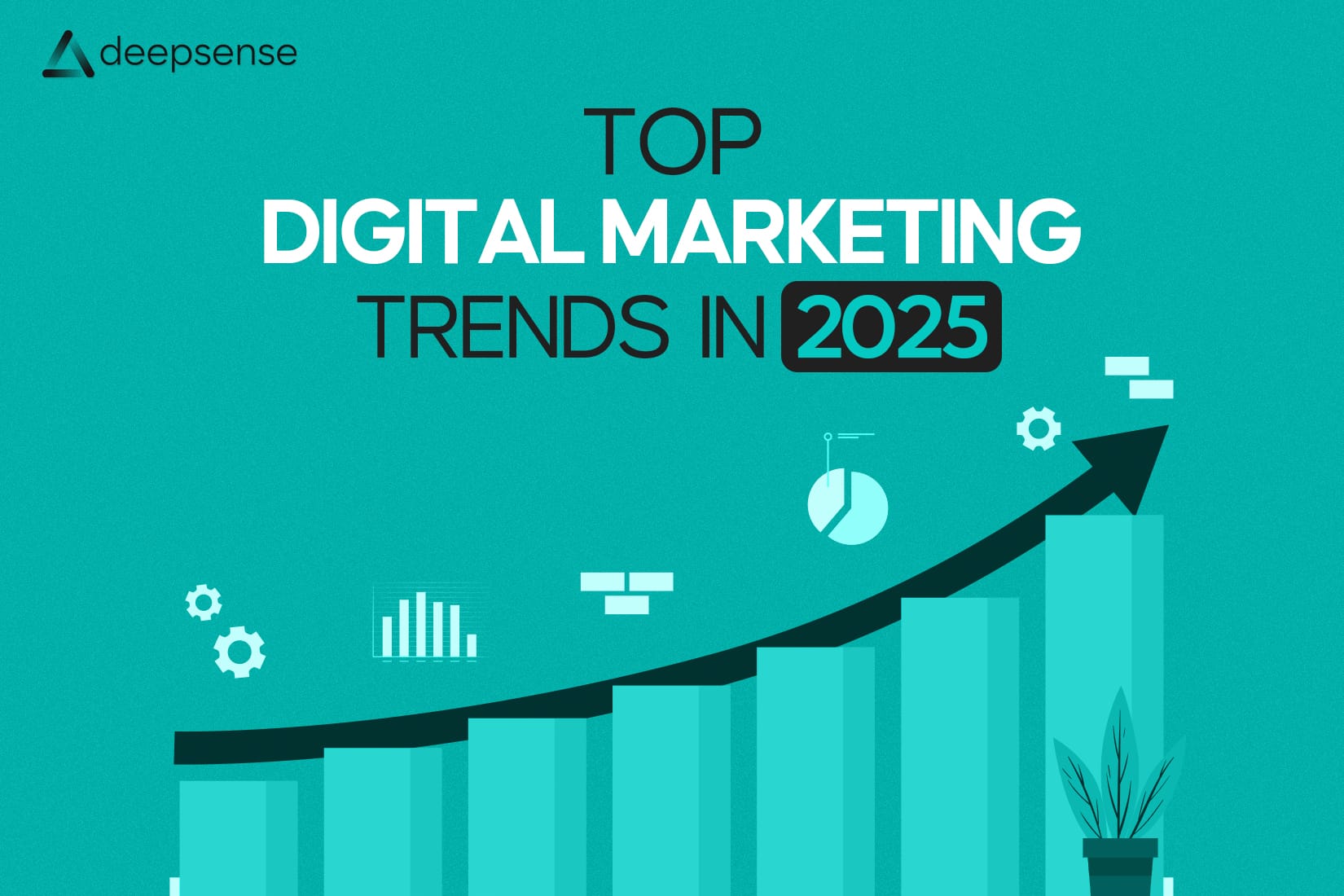Introduction: Social Media, Your ROI Goldmine
Picture this: you spend hours brainstorming content, designing posts, and scheduling campaigns across social media. But when you check the numbers at the end of the month, your ROI feels underwhelming. Sound familiar?
Here’s the truth, social media marketing is not just about posting consistently. It’s about being strategic, data-driven, and audience-first. The brands that see exponential ROI on platforms like Instagram, LinkedIn, and TikTok don’t just post for visibility; they post for engagement, trust, and conversion.
This guide is your step-by-step playbook to understand how to maximize your ROI from social media without wasting time and ad spend.
1. Define ROI Beyond Just Sales
Most businesses measure ROI only in terms of money earned vs. money spent. While revenue is important, ROI in social media includes brand visibility, lead generation, customer trust, and long-term loyalty.
For example:
- A startup might focus on awareness metrics (followers, impressions).
- An e-commerce brand may track conversion rate from Instagram ads.
- A B2B firm might prioritize LinkedIn leads.
Tip: Define ROI for your business stage. Not all wins are immediate sales.
2. Choose the Right Platforms
Not every platform works for every business.
- Instagram & TikTok: Great for lifestyle, fashion, food, and entertainment.
- LinkedIn: Perfect for B2B, consultants, and thought leadership.
- Facebook: Still strong for community-building and older demographics.
- Pinterest: Underrated but powerful for design, home décor, food, and retail.
Authoritative brands analyze where their target audience spends time before investing heavily.
3. Content That Converts
Content is the fuel of social media ROI. But not all content is created equal.
- Educational Posts: Showcase your expertise. (Think how-to guides, explainer videos).
- Storytelling Content: Build emotional connections (customer testimonials, behind-the-scenes).
- Interactive Content: Polls, quizzes, contests → more engagement.
- Shoppable Content: Especially for e-commerce, turn likes into instant purchases.
Pro Tip: Use the 80/20 rule. 80% of content should add value, 20% can be direct promotions.
4. Use Paid Ads Strategically
Organic reach is shrinking. Paid ads can turbocharge ROI if used wisely.
- Start with small budget tests to identify best-performing creatives.
- Use retargeting ads to re-engage visitors who didn’t convert.
- Invest in lookalike audiences to reach people similar to your existing customers.
For instance, a fashion brand can retarget users who viewed their “summer collection” but didn’t purchase.
Experts suggest balancing organic + paid strategies for maximum efficiency.
5. Data Is Your Compass
One of the biggest mistakes brands make is “posting and forgetting.”
Instead, track and measure:
- Engagement Rate (likes, comments, shares)
- Cost per Click (CPC)
- Conversion Rate
- Customer Lifetime Value (CLV)
Actionable Tip: Use tools like Meta Business Suite, LinkedIn Analytics, or Google Analytics to tie social media performance directly to ROI.
6. Build Trust Through Authenticity
ROI isn’t just about transactions, it’s about relationships.
Consumers today can spot inauthenticity a mile away. If your content feels “too salesy” or disconnected, people will scroll past.
Examples of authenticity that boost ROI:
- Sharing behind-the-scenes of your team.
- Addressing customer concerns publicly.
- Leveraging user-generated content (UGC).
Fact: According to Nielsen, 92% of consumers trust UGC more than branded content.
7. Collaborations & Influencers
Influencer marketing is a proven ROI booster, but only if done right.
- Micro-influencers (with 10k–50k followers) often deliver higher engagement rates than celebrities.
- Co-branded campaigns build trust faster.
Example: A skincare brand partnering with a dermatologist on Instagram Live = instant authority + wider reach.
8. Optimize Posting Schedule
It’s not just what you post but when you post.
Every platform has different peak times. Test your posting schedule and monitor when engagement is highest.
Refer to credible reports like Hootsuite or Sprout Social’s “Best Time to Post” studies to refine your timing.
9. Leverage AI & Automation
AI tools can maximize ROI by:
- Predicting trends (what type of content will perform best).
- Automating responses (chatbots for FAQs).
- Optimizing ad spend through predictive analytics.
For example, an AI-powered tool can analyze past campaigns and suggest which creative + copy combo drives the best ROI.
10. Focus on Long-Term ROI
ROI in social media isn’t always immediate. Some posts might not sell directly but build trust equity that pays off months later.
Think of social media like a relationship, not a transaction. Consistency compounds results.
Final Thoughts: Turning Likes into Lasting Value
Maximizing ROI with social media marketing is not about chasing vanity metrics. It’s about creating a sustainable strategy that combines data, creativity, trust, and adaptability.
The formula is simple:
- Know your audience.
- Create content that adds value.
- Use ads wisely.
- Measure and optimize constantly.
Social media ROI is not just about the money you make today but the relationships and brand trust you build for tomorrow.
Start small, test often, and let data + creativity lead the way.
FAQs
1. What does ROI mean in social media marketing?
ROI (Return on Investment) in social media marketing measures the value your brand gains (sales, leads, engagement, awareness) compared to the time, effort, and money you invest in campaigns.
2. How can I calculate social media ROI?
The formula is:
(Return – Investment) ÷ Investment × 100
For example, if you spend $1,000 on ads and generate $3,000 in sales, your ROI is 200%.
3. Which social media platforms give the best ROI?
It depends on your business type. For B2B, LinkedIn often performs well. For B2C, Instagram and Facebook are strong. TikTok is excellent for younger audiences, while YouTube offers long-term content value.
4. How often should I post to maximize ROI?
Quality matters more than quantity. On average:
- Instagram: 3–5 posts/week
- LinkedIn: 2–3 posts/week
- Facebook: 3–5 posts/week
- Twitter/X: Daily updates
Consistency drives better ROI than posting sporadically.
5. What type of content delivers the highest ROI?
Short-form videos (Reels, TikToks), educational carousels, live streams, behind-the-scenes posts, and user-generated content tend to perform best because they drive higher engagement and trust.
6. Do paid ads really increase ROI on social media?
Yes. Paid campaigns help you reach larger, targeted audiences quickly. Organic reach is valuable but limited, combining organic and paid strategies usually delivers the highest ROI.
7. How important is audience targeting for ROI?
Extremely important. Targeting the wrong audience wastes budget. Use tools like Facebook Ads Manager or LinkedIn targeting filters to reach users who are most likely to convert.
8. Can small businesses maximize ROI without big budgets?
Absolutely. By leveraging organic strategies like consistent posting, engaging with followers, using trending hashtags, and repurposing content, small businesses can maximize ROI without spending heavily on ads.
9. How do analytics tools help improve ROI?
Analytics platforms (like Meta Insights, LinkedIn Analytics, or Google Analytics) show which posts, campaigns, and audiences deliver the best results. These insights let you refine strategies and avoid wasted spend.
10. What are some common mistakes that reduce ROI in social media marketing?
- Posting without a clear strategy.
- Ignoring analytics.
- Targeting broad, irrelevant audiences.
- Prioritizing quantity over quality.
- Not engaging with followers.











